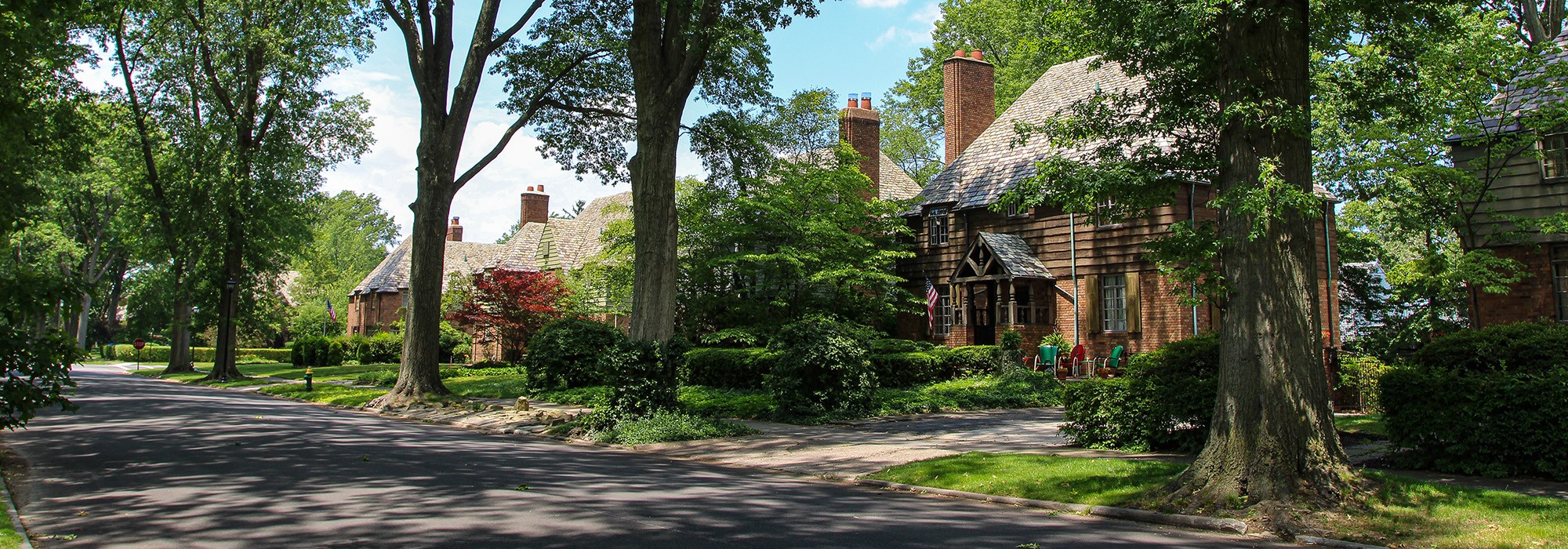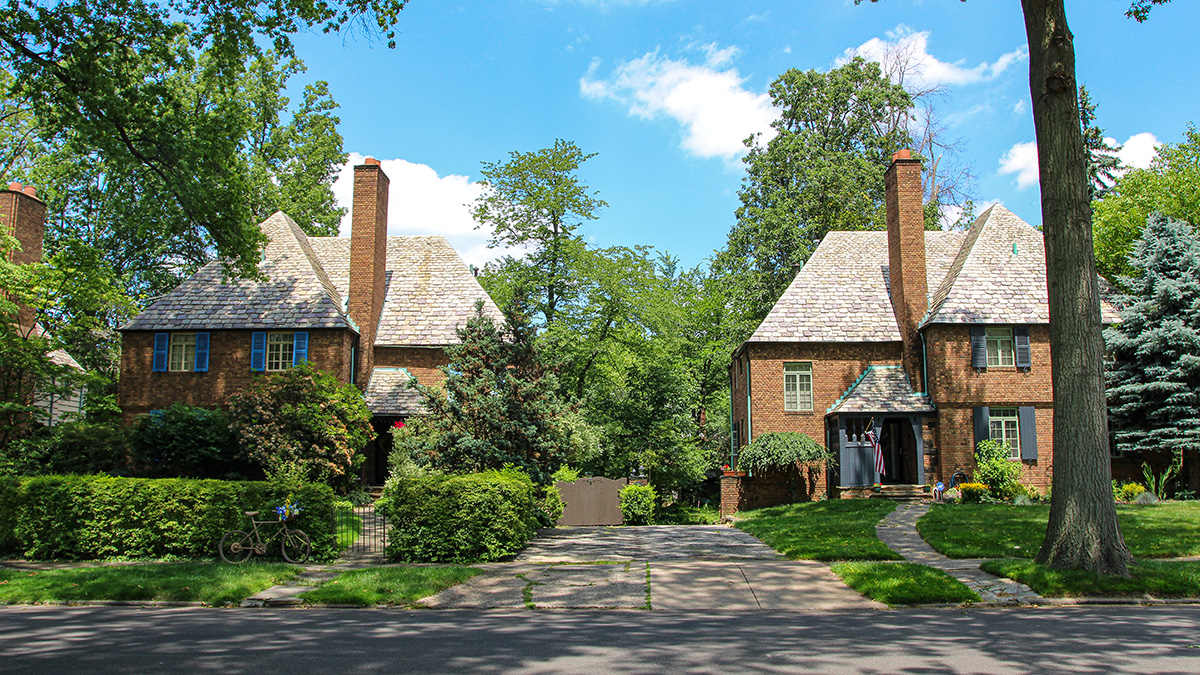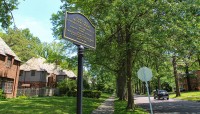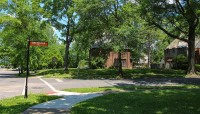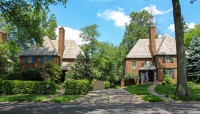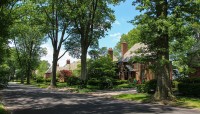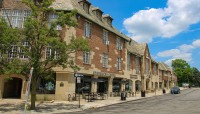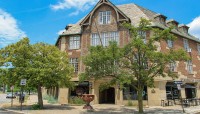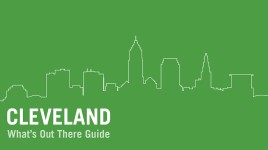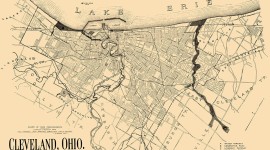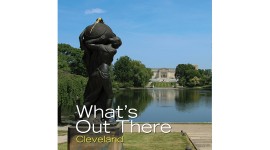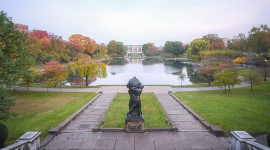Landscape Information
In 1873 John D. Rockefeller, Sr., purchased 70 acres along Euclid Avenue, east of downtown Cleveland, intending to develop a resort. He ultimately utilized the estate, called Forest Hill, as a summer home and over time acquired hundreds of acres surrounding the residence.
The home burned in 1917 and six years later John D. Rockefeller, Jr., purchased the property from his father. Rockefeller, Jr., sold allotments for the establishment of hospitals, schools, and other institutions, and donated 235 acres to become a public park (now Forest Hill Park). He envisioned the relatively flat land east of Lee Boulevard as a subdivision and hired architect Andrew Thomas to design the plan. Thomas, with Rockefeller, had helped popularize “garden city” developments in New York, characterized by densely plotted homes with common green space.
Thomas’ plan for Forest Hill populated gently curving drives with uniformly designed homes in the French Norman style, each screened from street view by a hedge, with communal lawns embellished with rhododendron, Japanese azalea, and flowering crabapple trees. Front lawns and sidewalks are separated from the street by a lawn verge planted with oaks. Thomas employed innovative engineering, burying utilities underground, devising a sophisticated drainage system, and installing specially designed streetlamps (since removed). Construction began in 1929, with 81 homes completed by 1930. Rockefeller, Jr.’s proposal called for more than 600 homes, but the onset of the Great Depression halted progress. Eventually lots were sold to other developers, with businessman George Roose acquiring the largest share. Roose diversified the neighborhood’s architectural styles but maintained key elements of the Rockefeller-Thomas plan, with standards for set-backs and construction costs governed by deed provisions. Forest Hill Home Owners, Inc., was founded in 1950 to enforce the provisions.
The 81 homes and lots designed by Thomas, contained in roughly six blocks surrounding Brewster Road, were listed in the National Register of Historic Places in 1986 as the Forest Hill Historic District.



